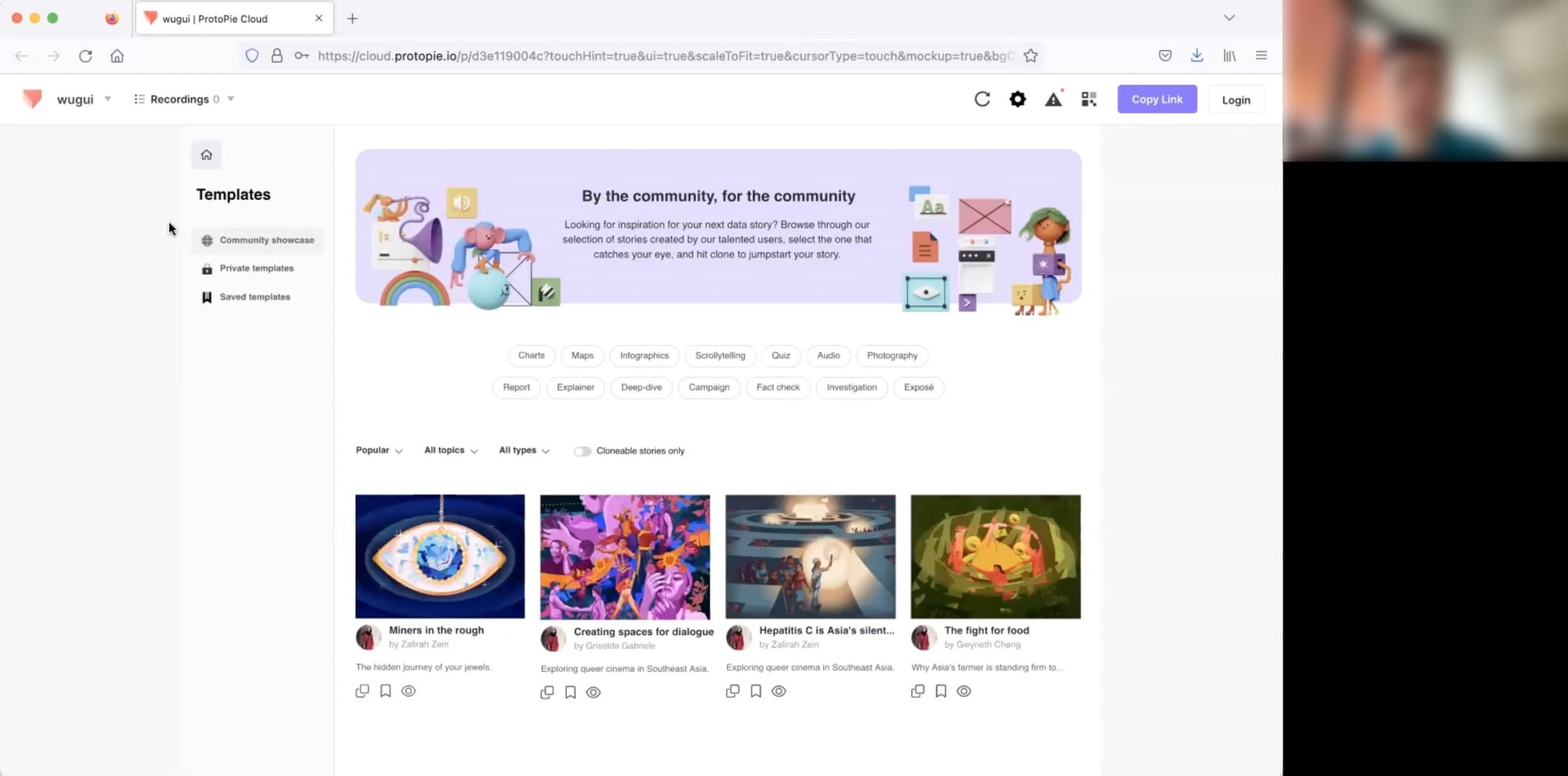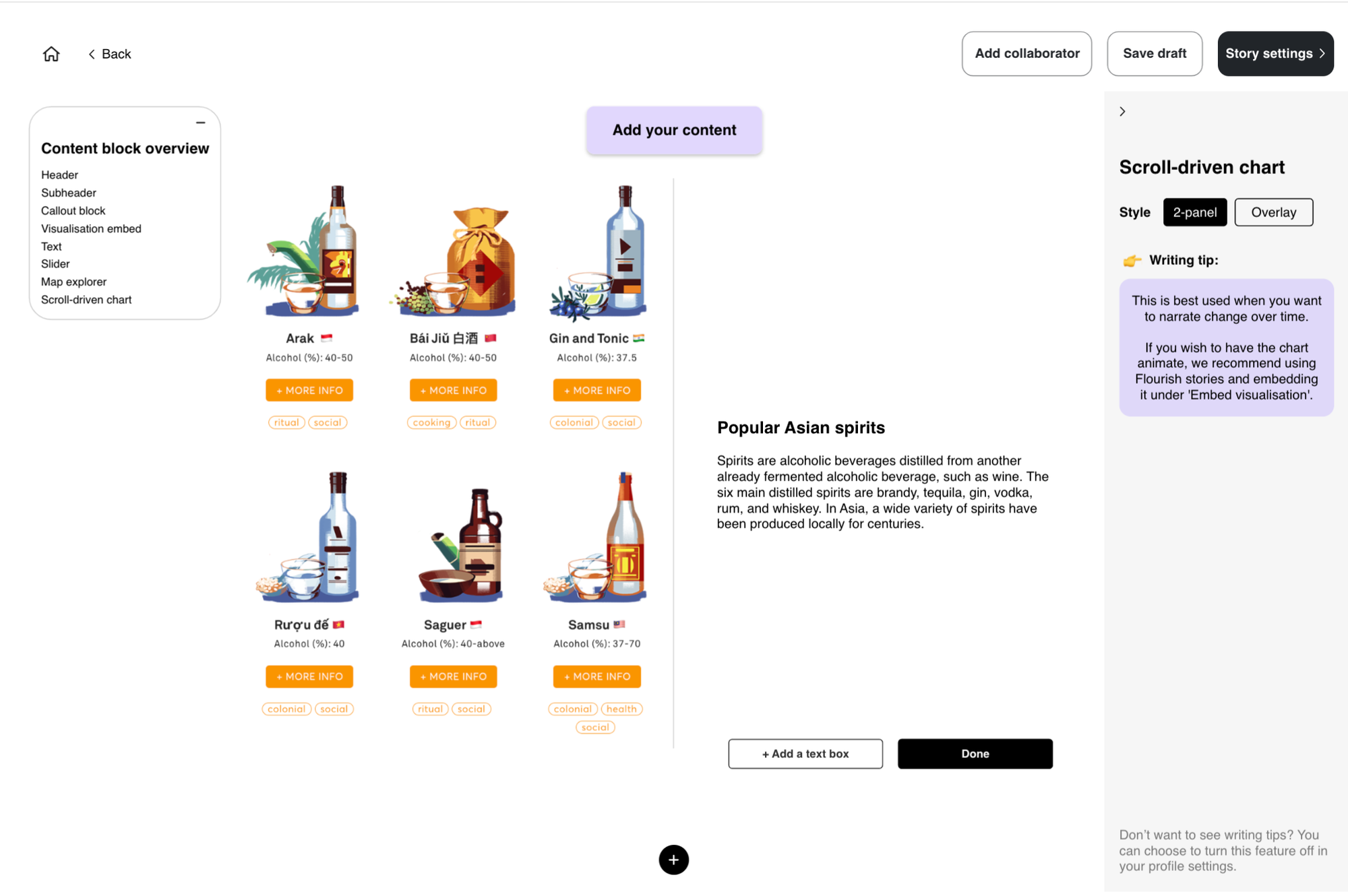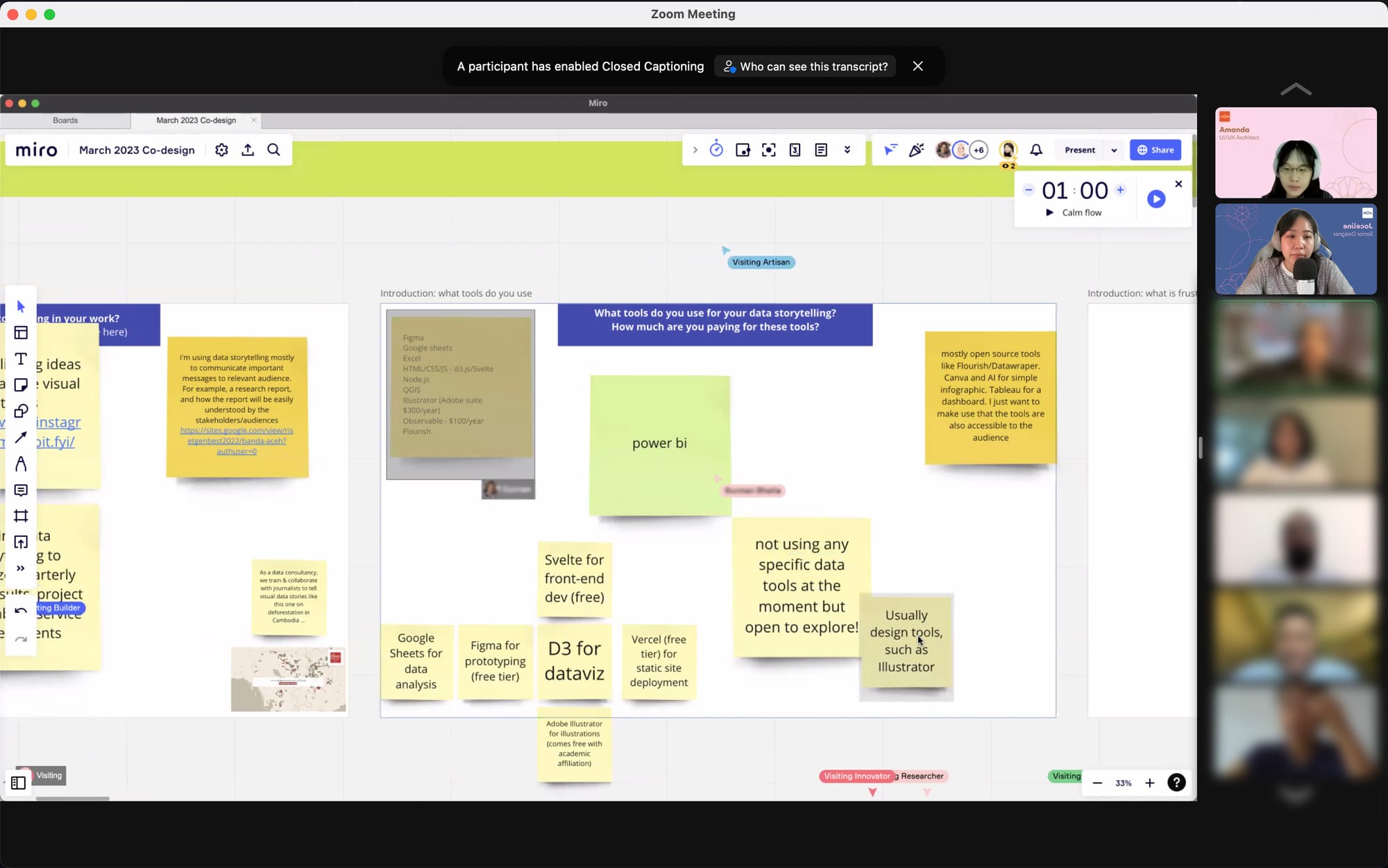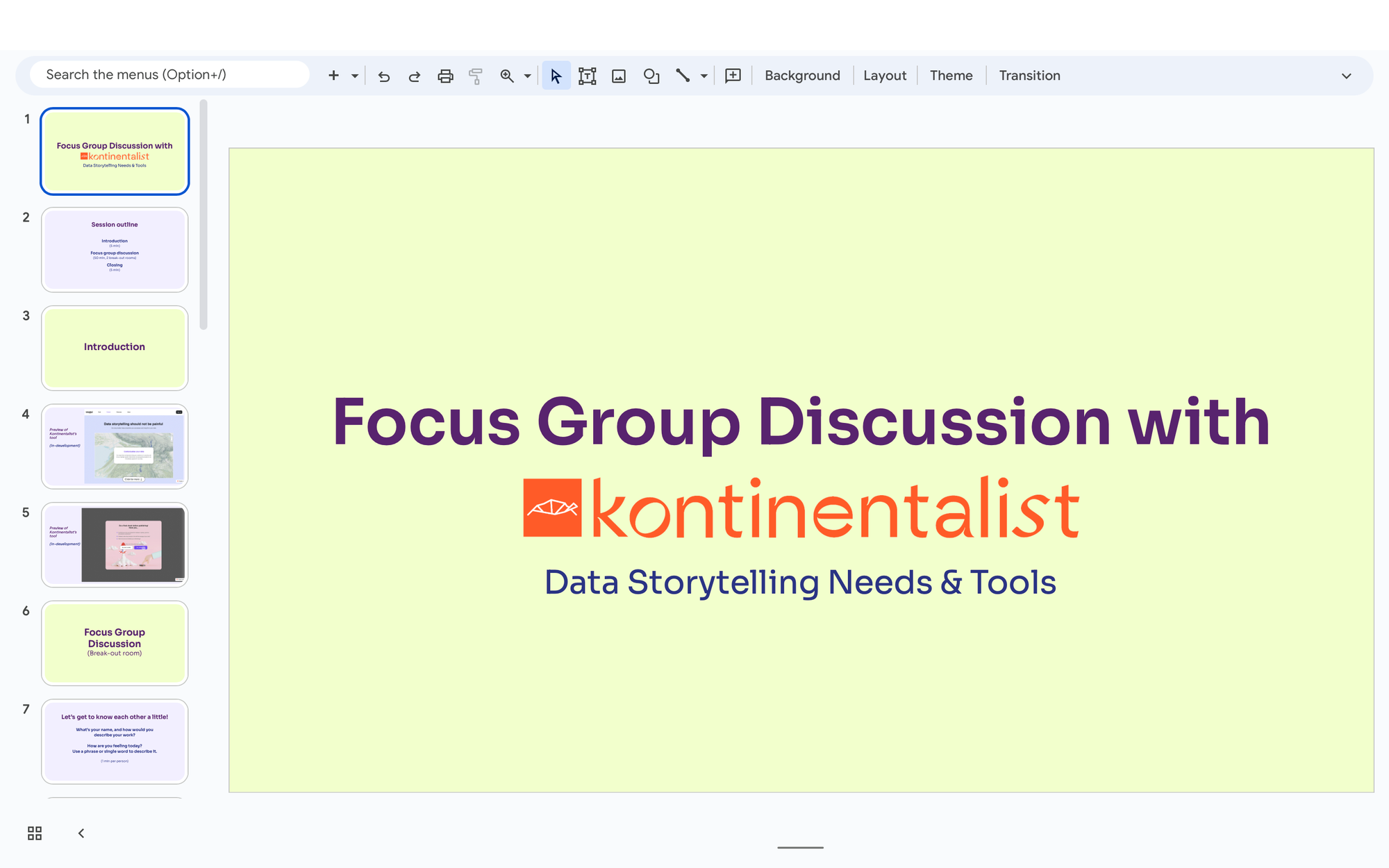
Bringing Lapis to life: How we built a storytelling platform from scratch
After more than two years of hard work, our data storytelling platform Lapis is finally out in the wild! Building our platform as a small team has been a largely iterative process, one that underscores the value of collaboration in our craft and requires us to learn (and unlearn!) as we go along.
Kontinentalist has been highlighting the underreported and underrepresented in Asia since 2017. By bridging elements of good storytelling with principles of data literacy, we aim to democratise access to information to help spur change and action.
But creating data stories is not easy. We know this all too well: we struggled when we were starting out, using Wordpress for our stories! Unlike conventional reporting, data journalism can incorporate complex visualisations and interactive elements, which many content management systems are not equipped to handle. Our work also involves team members working simultaneously across different functions, and we wanted a platform that could facilitate that seamlessly.
There was no existing platform that could accommodate these distinct requirements. So we made our own—our internal bespoke CMS, which we affectionately call “Caraspace”. Our proprietary CMS is the reason we can make stories that people have come to know us for, like this award-winning story on the logic of Han Chinese names, or this map-based one on the conservation of forests in Asia.
Lapis is our way of sharing with others what we’ve learnt. This all-in-one tool and platform aims to democratise data journalism and make it accessible to a broader audience—not just journalists, but also NGOs and businesses, transforming raw data into compelling narratives and bridging the gap between research and the public.
What has the journey been like?
Executing this vision would not have been possible without the support of Google News Initiative. Back in 2021, we were part of its Asia-Pacific Product Lab, an intensive programme designed to bring media outlets to the next level in the digital era. We were one of 17 media organisations to benefit from this training programme.
During our stint, we were guided through the product development process by our mentor, Paul Fairhead. We conducted early rounds of research to better understand our users, and workshopped these ideas to further refine our product strategies.
In late 2022, we received word that our application for the Google News Initiative Innovation Challenge was successful, which meant getting funding to support the development of Lapis up to the Alpha phase. We were over the moon as we could finally apply what we learnt into practice.
We embarked on the process by building on what we had before. This involved doing desktop research to understand the current state of the journalism industry, stakeholder mapping and competitive analysis, and two rounds of user interviews and online surveys. Our questions were crafted to identify our target users’ goals, behaviours, pain points, and current processes.


Our endless gratitude to our users for finding the time and energy for our calls! (Faces have been blurred for privacy)
We then dove deeper into research, interviewing 15 handpicked potential users ranging from communication officers in nonprofits, to journalists and academics, to get to know their needs better. Here are some intriguing things we learned:
💡 While they see the potential of visual graphics to engage their audience, these storytellers do not have the skills required to craft narratives.
🧳 Data stories take more time and manpower to produce than traditional outputs.
🤝 Storytellers do not have the tools to facilitate easy collaboration and community-building.
⌨️ Data stories are tedious technical exercises that they can’t navigate without the use of “hacky” workarounds.
⏱ These constraints make it virtually impossible to publish stories of this kind consistently.
These insights prompted the question: How might we make data storytelling easier, quicker, and more accessible to users, regardless of their resources, skills, and funding? With this, we wanted to build a publishing tool and platform that facilitates the creation of engaging data-driven stories.
Co-creating functionalities
Bringing this solution to life was a whole other story. The last thing we wanted to do was presume absolute authority and prescribe a solution without hearing anyone else out. Armed with our initial research and a dream, our team embarked on a design sprint to develop an early prototype and consulted two different user groups for feedback.


The earliest prototypes of our Storybuilder—who was she?!
We also conducted a co-design session to ideate our main feature, the core of our product: the Lapis Storybuilder! With an eclectic mix of participants with backgrounds in journalism, editorial, coding, research, and communications, we had a vibrant exchange of experiences and ideas about data storytelling.


Meetings after meetings after meetings… Thankfully, the Zoom fatigue was worth it! (Faces have been blurred for privacy)
Getting everyone together in a Zoom room (or GatherTown office, depending on our mood) wasn’t always easy. But each session was crucial to cultivating our sense of innovation. Through a trial-and-error process, we learned the importance of knowing when to kill our darlings, or modify them so they better served our audience. For instance, we learned that our users had varied preferences and technical skills that affected their level of engagement on the platform. We created a balance between interaction with fellow practitioners and independent learning, so we could provide them with both inspiration and feedback.
Cementing our offerings
As we juggled team meetings with consultations with external stakeholders, we devoted a considerable amount of time to finalising our features. One task that took a while was future-proofing our tech stack—ensuring that our product wouldn’t become obsolete in just a few years—by developing our own design system. Additionally, we had to take into consideration new insights about our users’ price sensitivities and factors that would get them to adopt new data storytelling tools. We had a lot on our minds.
Aside from deciding what to offer, we also had to decide the branding and personality for Lapis, which differs from that of Kontinentalist in nuanced ways. Our team leads conducted a branding exercise, laying out the top three values that they wanted our audience to associate our product with. These are the principles that we return to in making decisions and our communications with our users. Coming out on top were community and collaboration, innovation, and accessibility.


Who do we want to be as a brand? *cue What Was I Made For? by Billie Eilish*
Creating a sense of excitement
With the final layers of Lapis coming together, it was time for us to persuade people to join the platform and apply as Alpha testers. Writing the copy for both the product pages and social media posts wasn’t as intuitive as we initially thought. We had to simplify what was technical in nature without watering down our features and functionalities. We had to be friendly while still maintaining professionalism, generous with explanations without giving too much away, and clear enough without being condescending. Who knew finding our voice could pose such a daunting challenge?


We’ve come a long way since our call for Alpha testers!
Thankfully, we’ve finally figured things out. It did take a bit longer than anticipated, what with product bugs we had to fix. But we’re here now and we are over the moon that Lapis Alpha is ready for launch! We have to admit, we’re also a little nervous: while we’ve done our best to ensure that we have the best possible version of Lapis right now, we can’t predict what your responses will be like. But rest assured, we’re even more excited to co-create the next phase of Lapis, building on the knowledge and feedback of our batch of Alpha testers.
Till the next update!
Warm regards,
Team Lapis
